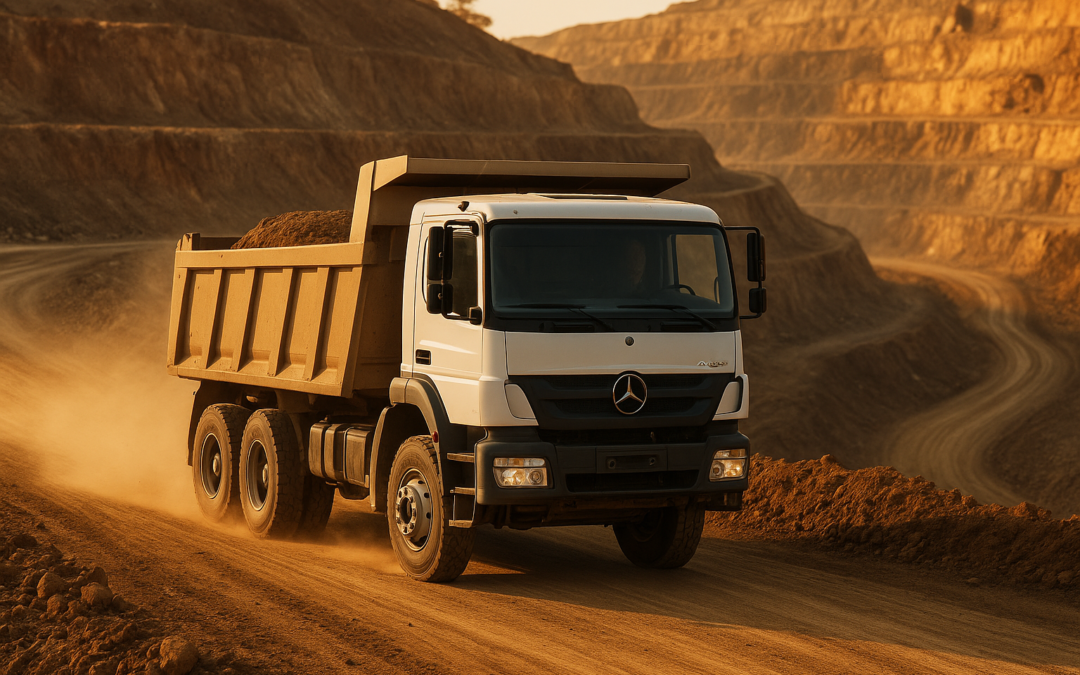
Selecting the right heavy-duty truck isn’t just about horsepower—it’s about matching duty cycle, terrain, and uptime goals. For industrial fleets in Indonesia, the Mercedes-Benz Axor Euro 4 brings proven durability and efficiency, but the true results come from choosing the right setup for the job.
1) Start with Duty Cycle & Payload
List your top use cases (e.g., overburden hauling, quarry transfer, site-to-port logistics) and define:
- Typical payload range and peak loads
- Daily distance & hours (incl. idling)
- Loading/unloading frequency
This clarifies whether you should optimize for payload capacity, fuel economy, or cycle time.
2) Terrain, Driveline & Braking
Indonesia’s sites vary from graded haul roads to steep, uneven tracks. Consider:
- Axle layout & traction appropriate to gradients and surface conditions
- Gear ratios for climbing vs. cruising
- Retardation & braking capacity for long descents
A well-matched driveline reduces heat stress, brake wear, and fuel burn.
3) Body & Application
The body makes the truck:
- Tipper/Dump for aggregates and overburden
- Tanker for fuel/water support
- Cargo/Flatbed for parts and infrastructure
Balance body weight (to maximize payload) with durability (to survive impact and vibration). Specify liners, tailgates, and tarping systems based on material flow and safety standards.
4) Uptime by Design
Uptime begins at spec stage:
- Service intervals aligned to your shift pattern
- Access to genuine parts near site to cut lead times
- Condition-based maintenance via inspections and oil analysis
- Telemetry/Monitoring to catch emerging issues early
Partnering with Armada Trans Persada ensures trained technicians, genuine parts, and quick-response support—so your Axor stays productive, day after day.
5) Operator Training & Safety
Performance depends on people:
- Start-of-shift checks (fluids, tires, lights, brakes)
- Load distribution & center of gravity awareness
- Speed discipline on grades and corners
- Fatigue management and site communication protocols
Structured training reduces incidents and improves fuel economy—often by double-digit percentages.
Bottom line: The best Axor is the one precisely matched to your terrain, loads, and maintenance reality.

